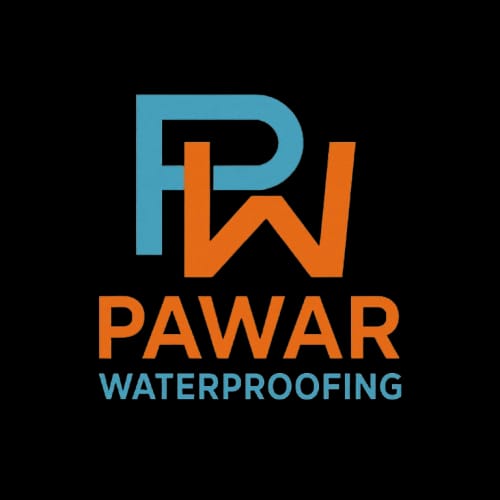 Pawar Waterproofing
Pawar Waterproofing
 Pawar Waterproofing
Pawar Waterproofing
Expert waterproofing services trusted by 1500+ clients in Pune. 8+ years of excellence.
Get a Free QuoteIndustry Experience
Happy Clients
Average Rating
Projects Completed
We use top-grade PU, epoxy, and membrane systems for reliable sealing.
Our trained professionals ensure precision and long-lasting protection.
Quick, clean, and efficient service every time—without compromising quality.
Serving homes and businesses in Warje, Baner, Hinjewadi, and all PMC & PCMC areas.
“Pawar Waterproofing team solved our terrace leakage in one day. Excellent service and reasonable cost.”
“Very professional and punctual. They used quality material and provided warranty. Highly recommended.”
“Best waterproofing service in Pune. They fixed our basement leakage permanently. Great experience!”
“Quick response and good behavior from the team. After 1 year, no leakage again. Very satisfied.”